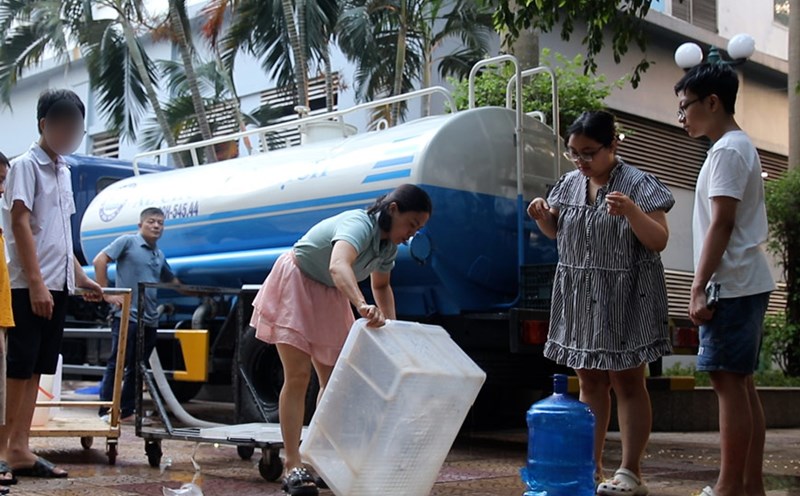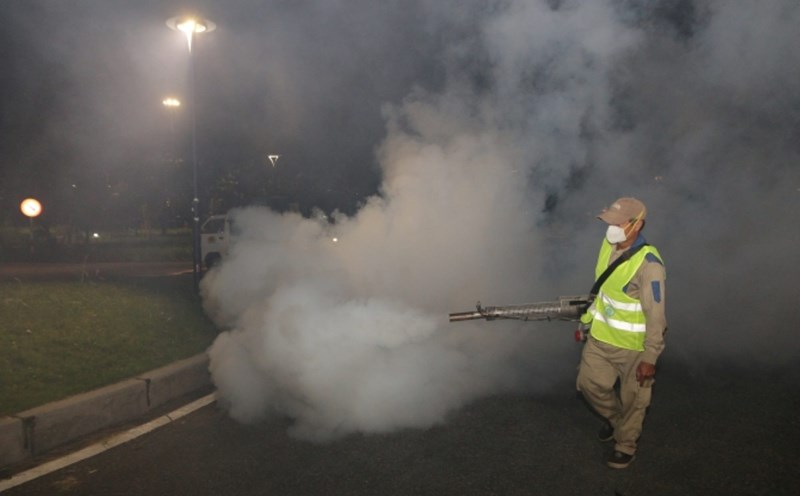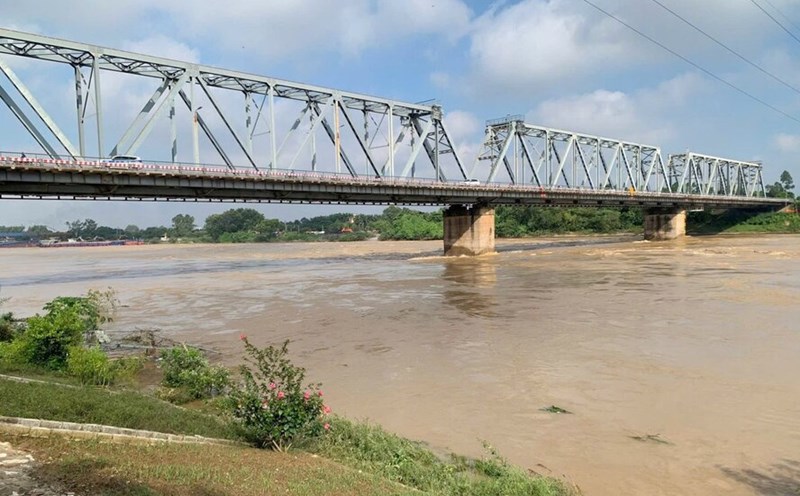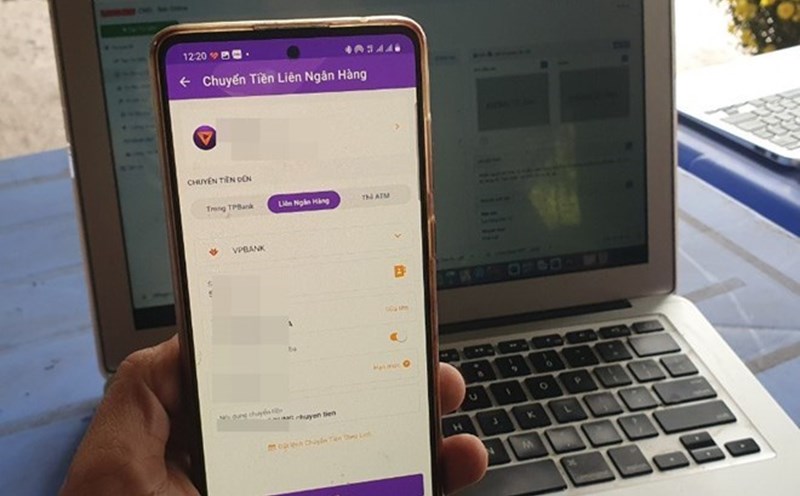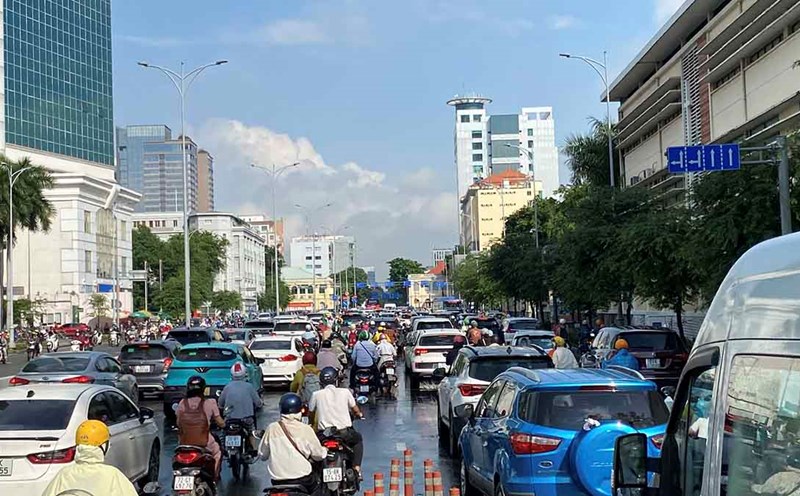As early as the morning of October 2, when the floodwaters had receded, Mr. Tran Van Dung (Ha Giang 1 ward) was immediately starting to clean up mud and re-sanitize the house. According to Mr. Hung, this is a historic flood that has not been seen for more than 30 years.
"My house was flooded until the first floor, the whole family took to the second floor to take shelter, and our belongings were submerged without time to move. After more than 2 days of being soaked in mud, now we have to clean it, but clean water is still scarce, the biggest concern is the epidemic," said Mr. Dung.
Meanwhile, in Chiem Hoa commune, the downstream area of Tuyen Quang Hydropower Plant was severely affected, many places had not yet receded.
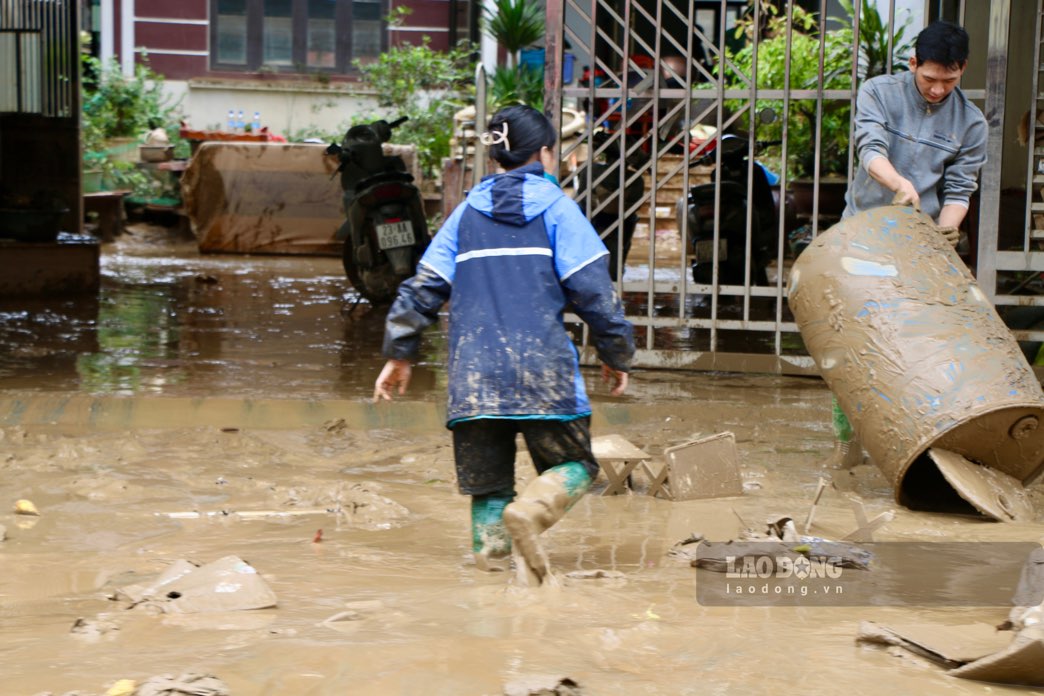
Ms. Ma Thi Hoa (Chiem Hoa commune) said: "The experience of flooding is that we have to clean up as the water recedes, because clean water after the flood is not yet available. In addition, we must quickly clean up the environment outside the house to avoid garbage stagnation and the risk of disease forming".
Currently, the Department of Health of Tuyen Quang province has instructed localities to monitor the quality of domestic water, treat and disinfect polluted water sources, and prevent post-flood epidemics.
The Tuyen Quang Provincial Center for Disease Control is required to fully prepare chemicals, equipment and organize forces to handle the environment and disinfect in flooded areas. At the same time, the Ministry of Health was proactive in proposing to support chemical supplementation (200,000 Cloramine B pills, 256,000 Aquatabs) and specialized specialties.
According to the direction of the Chairman of Tuyen Quang Provincial People's Committee, the Chairman of the Commune People's Committee, the ward is fully responsible for the repair work in the area, directly commanding, not leaving it to the support force, strictly implementing the "4 on-site" motto.
Organize general environmental sanitation, collect waste, clear the flow, prevent epidemics; mobilize mass organizations and villages to support the cleaning of houses, schools, medical facilities, and public works, and soon return life to normal.
The Department of Health is required to focus on closely monitoring the epidemic situation, promptly checking the quality of domestic water sources, providing environmental treatment chemicals, and at the same time organizing mobile medical examination and treatment teams to serve people in isolated areas.
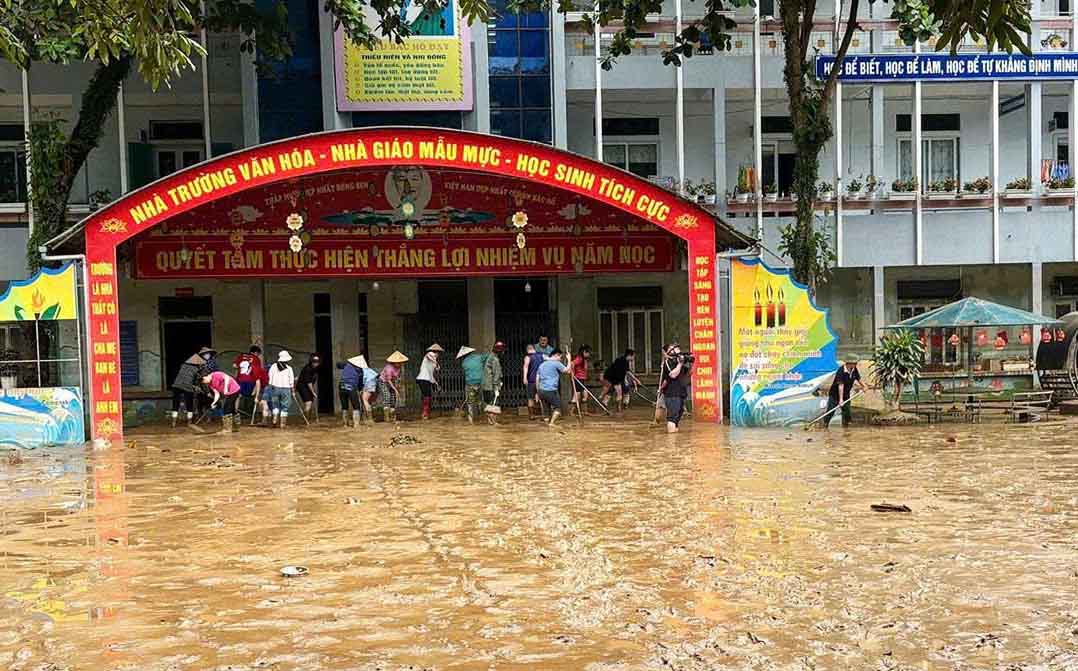
In fact, some epidemics are at risk of breaking out after floods such as diarrhea, respiratory fever, dengue fever, pink eye... Therefore, ensuring environmental hygiene after floods is a particularly important task to ensure the health and lives of the people.
According to Prof. Dr. Do Duy Cuong - Director of the Institute of Tropical Medicine, Bach Mai Hospital, after floods, many dangerous bacteria grow in dirty water and cause disease to people through open wounds or respiratory tract, leading to infections, and can even cause death.
In addition, some skin diseases such as skin fungus, scabies, phlegm, streptococcus, pain in the eyes, conjunctivitis, pimples, etc. are also common after floods. The cause is contact with dirty water, wearing wet clothes or poor hygiene.
"In flooded areas, clean water cannot be available immediately, so other water sources such as well water must be disinfected and reinforced before use. Do not wear wet clothes, do not swim, bathe or play in flooded areas. Limit winding into stagnant water, clean your hands and feet after entering dirty areas," Professor, Dr. Do Duy Cuong advised.


